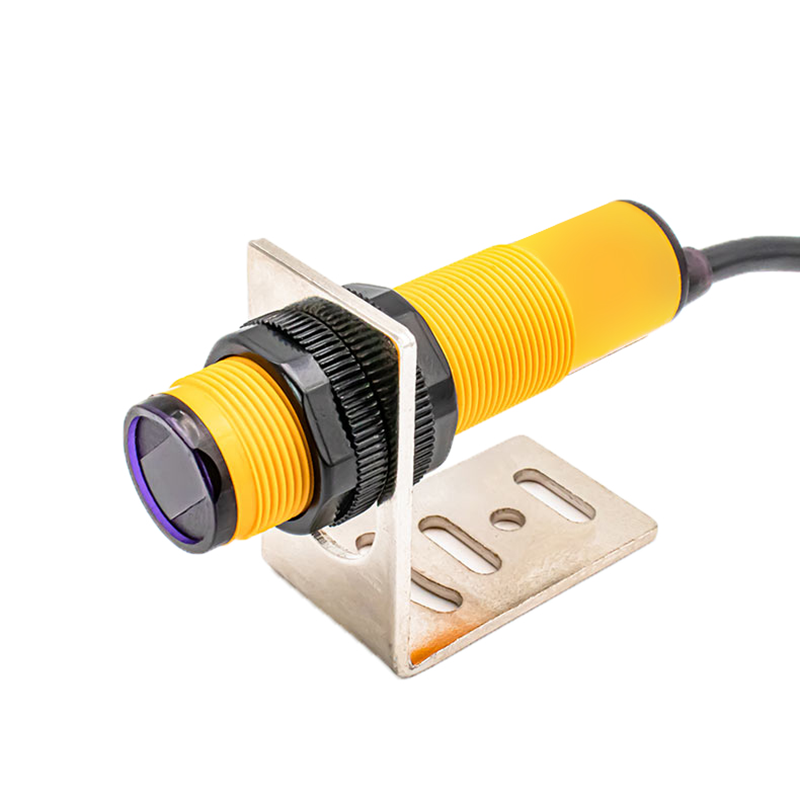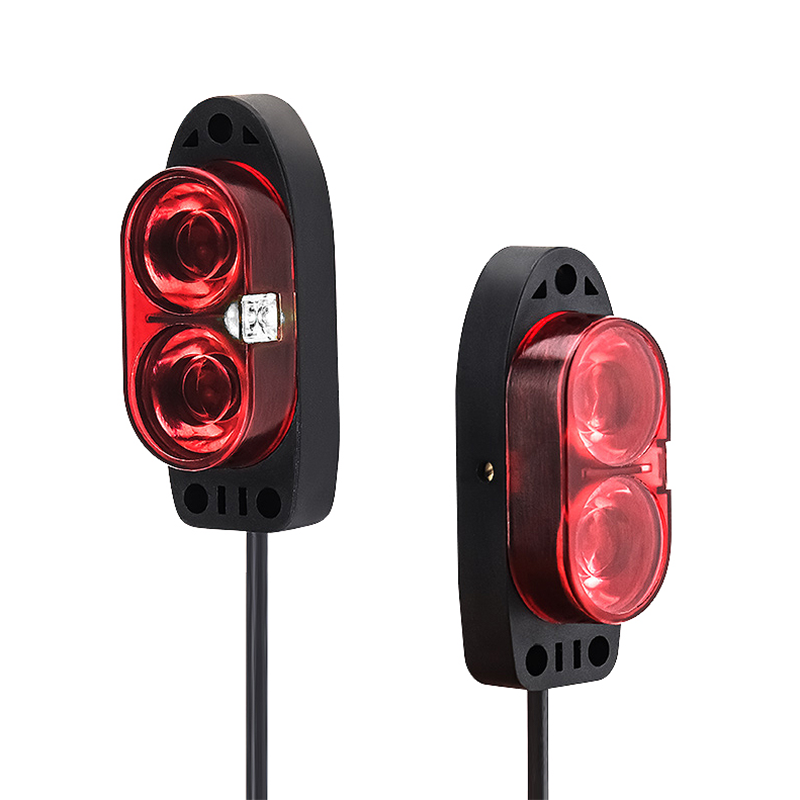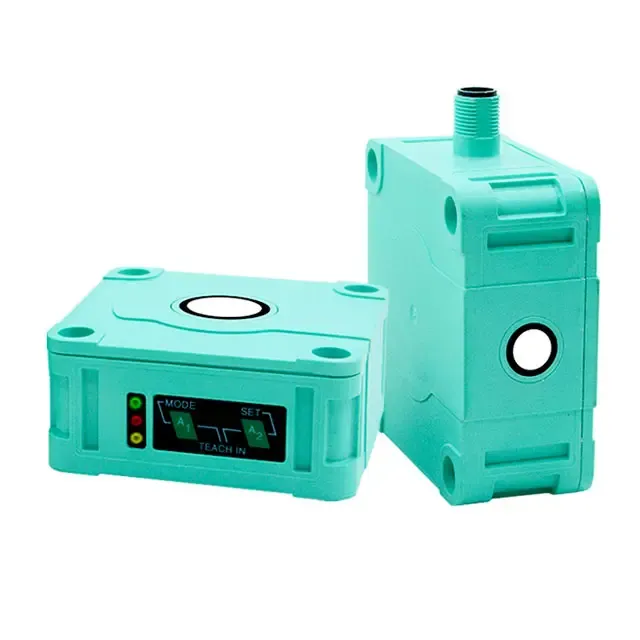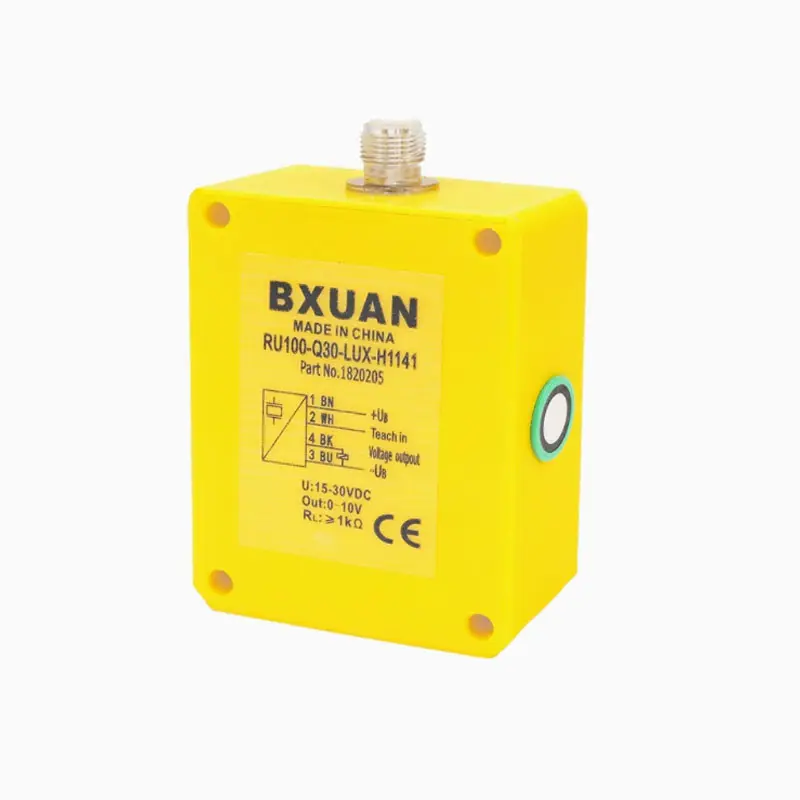indüktif yakınlık sensörü anahtarı
Endüktif yakınlık sensörü anahtarı, modern endüstriyel otomasyon ve algılama teknolojisinin temel taşlarından birini temsil eder. Bu temassız algılama cihazı, metal nesnelerin varlığını algılamak için elektromanyetik bir alan oluşturarak çalışır. Sensör, özünde bir osilatör, algılama devresi ve çıkış devresinden oluşur. Metal bir hedef sensörün algılama aralığına girdiğinde, elektromanyetik alan hedefte girdap akımları oluşturarak osilatörün enerjisinde bir kayba neden olur. Bu değişim, sensörün çıkış durumunu değiştirmesini tetikleyerek fiziksel temas olmadan güvenilir algılama sağlar. Sensörün sağlam tasarımı, genellikle nikel kaplı pirinç veya paslanmaz çelikten yapılmış dişli bir gövdeye sahiptir ve iç bileşenleri zorlu endüstriyel ortamlardan korur. Çalışma sıcaklıkları genellikle -25°C ile 70°C arasında değiştiğinden, çeşitli uygulamalar için uygundurlar. Bu sensörler, modele ve hedef malzemeye bağlı olarak 1 mm ile 40 mm arasında değişen tipik algılama aralıklarıyla olağanüstü dayanıklılık sunar. Genellikle milisaniyeler mertebesinde hızlı tepki süreleri sağlar ve zorlu koşullarda bile yüksek doğruluk sağlarlar. Çok yönlülükleri onları imalat, paketleme, otomotiv montajı ve malzeme taşıma uygulamalarında vazgeçilmez kılmaktadır.










